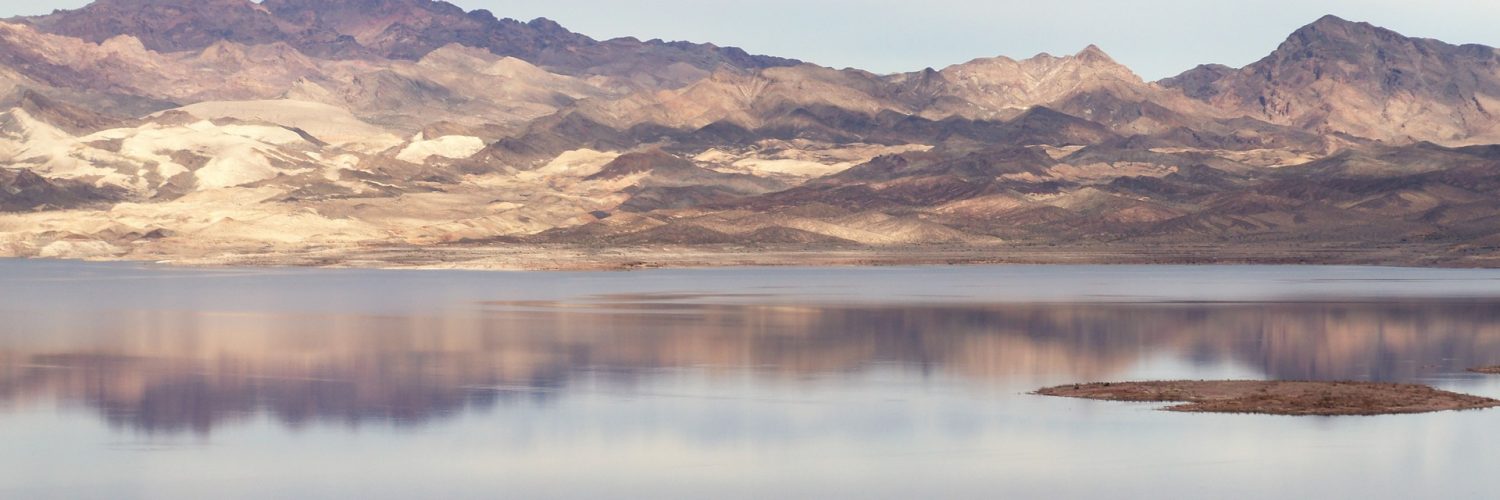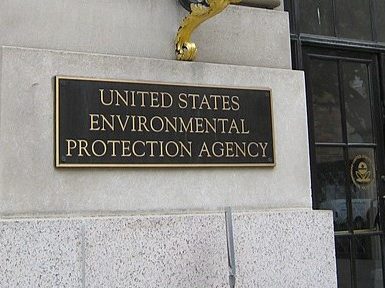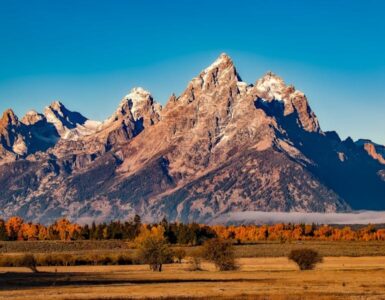Arizona’s economy is roaring. New residents and businesses are flooding here as one of 11 “emerging megaregions” in the country quickly spreads outward from Phoenix.
There’s one concern. Water. Reports from the United States Bureau of Reclamation say that the Colorado River Basin is safe for now but has “at least” a 50-50 chance of moving into a first official “shortage declaration” by 2020.
Some industries are at serious risk including inland ranchers and homebuilders that rely on groundwater or Colorado River water diverted to the central part of the state from the Central Arizona Project. It has become clear the state cannot sustain current levels of usage, much less quench future generations.
As the clock ticks, the state’s growing economy is in the balance.
A steering committee representing more than 30 water interests across the state – from cities and tribes to farmers and homebuilders – is inching forward with negotiations to finalize a plan for sharing the brunt of shortages and shoring up water stores.
For two months, the panel has been meeting bi-weekly. Time is of the essence. Committee members are charged with developing a Lower Basin Drought Contingency Plan (LBDC) and taking it to the state Legislature in January for authorization before it can be signed.
Two state water leaders and the co-chairs of the committee, Tom Buschatzke, Director of the Arizona Department of Water Resources, and Ted Cooke, General Manager of the Central Arizona Project, expressed optimism it will prevail.
Arizona has long planned for and conserved large amounts of water but “we’re in a new era,” Buschatzke said. He said the committee has been working hard and expects some recommendations at the next meeting, Oct. 10.
“One of the most important components lies in the realm of collaboration,” Buschatzke said. “We will all benefit from a more sustainable system but we all need to contribute to make that happen, and it has to be on an equitable basis. It can’t be more heavily loaded on one state than another or one water use sector than another.”
So far, it’s been essentially standing room only at the meetings.
“It’s clear a lot of people believe negotiating an effective Lower Basin Drought Contingency Plan is vital to our state,” Cooke said. “Arizona is working feverishly to get this done, not to keep us out of shortage, but to keep us and the Colorado River system from being in an even worse place.”
When complete, the contingency plan is to be signed by the Lower Colorado River Basin states, Arizona, California and Nevada. All three would agree to make contributions to shore up Lake Mead to avoid a water crisis. Arizona’s first shortage, a Tier 1 shortage, is declared when the lake dips to 1,075 feet of elevation.
The committee’s work to date has focused on two priorities: lessening the impact on the lowest ranking users, particularly ranchers and farmers in Pinal County, and coming to agreement with tribes and users along the river that have large water allocations.
Some tribal and non-tribal users have indicated interest as well as hesitation about sharing their allocations.
Pinal County agriculture is expected to suffer the most, with or without a contingency plan. Under the current version, they could be wiped out almost completely, said Paul Orme, a committee member and water rights attorney who represents Pinal County agriculture.
“That water provides feed for over 25 dairies, and almost 200,000 feeder calves in Pinal County,” Orme said. “It’s really a big agricultural economy and we’re doing everything we can to help preserve it.”
Under solutions being discussed, Pinal County agriculture still will only retain half of what it receives now, he said.
“We know we are going to have less water under any circumstance,” he said. “We know there is going to be ground going out of production, which is a sad fact of life. It’s just a matter of degree.”
Among the proposals under discussion to aid Pinal County agriculture are:
- Cities and tribes with Colorado River allocations will take voluntary cuts in their supply and leave additional water in Lake Mead for agricultural supply
- Redirection of underground storage from underground storage facilities to groundwater savings facilities (GSFs) and increased storage in Pinal GSFs
- CAP intentionally created surplus (ICS)
Once the full steering committee can agree on it’s first two priorities, mitigation of the impact on agriculture and some lower priority users, and tribal ICS, it will have two final tasks:
- Come up with a plan for Central Arizona Project to provide excess water when available to keep Lake Mead above shortage levels
- Create an Arizona Conservation Plan, a new collaborative process to foster broader participation in contributions to the lake to help meet LBDCP reductions
The next public meeting will be Oct. 10, from 1 to 4 p.m., at the Central Arizona Water Control District headquarters, 23636 N. 7th Street, Phoenix, AZ 85024.
More information on the drought contingency plan is available on the Arizona Department of Water Resources website.
















Add comment